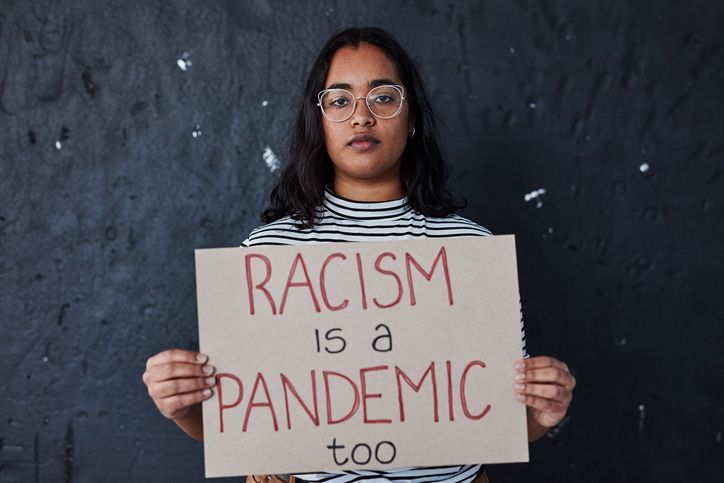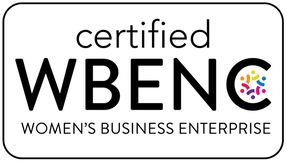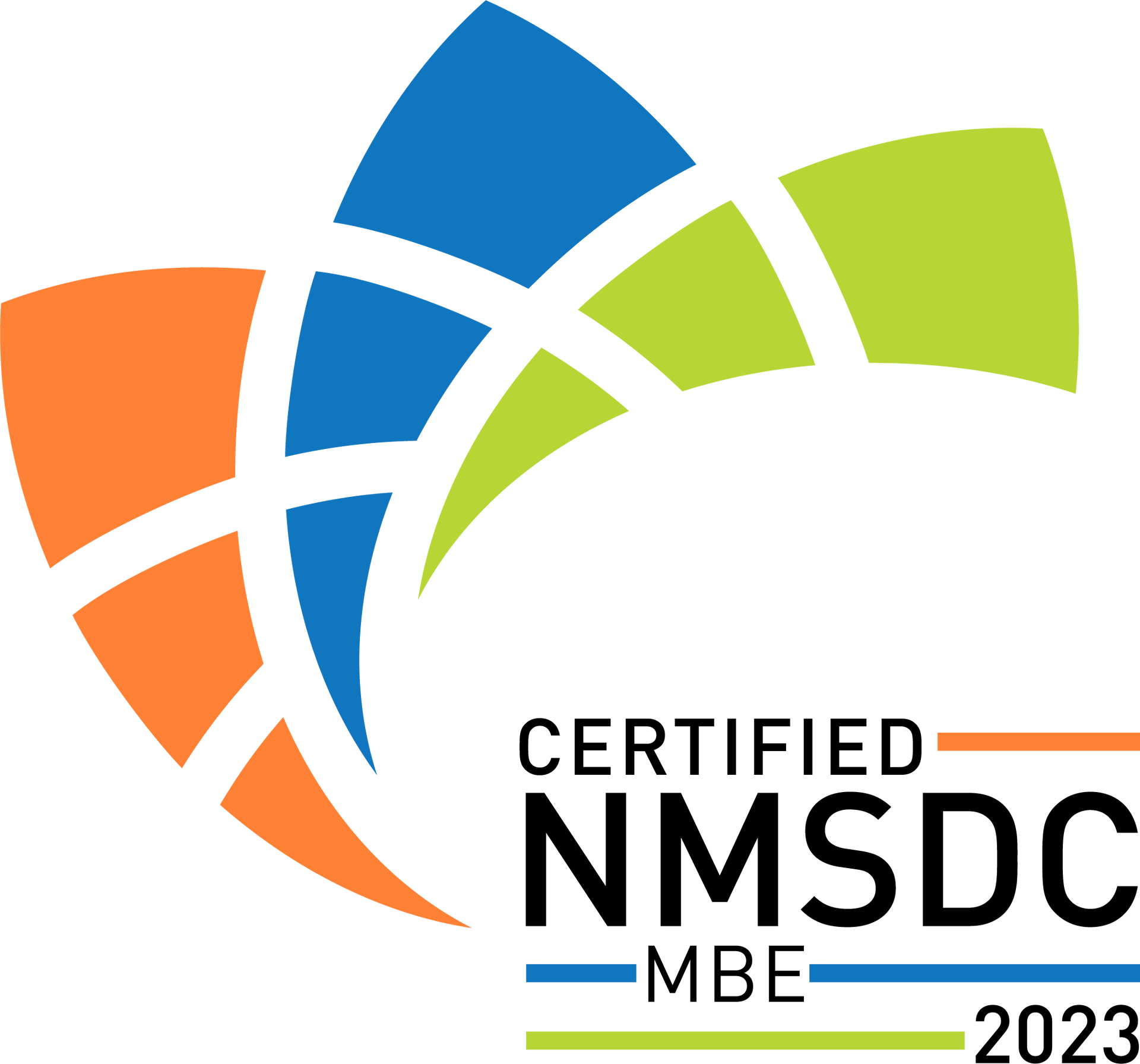Goldman’s “Rooney Rule” Tryouts
2019 is proving to be an interesting year full of attempts to disrupt and dismantle traditional systems that are no longer conducive to new diversity and inclusion (D&I) initiatives. Companies are making a big push to be more diverse, and are finally tying money and policy to the initiative; all I have to say is that, it's about time. But yet again, I've said that for a long time now, with not enough substantial change in the diversity and inclusion space. Goldman Sachs, whose longstanding history and persona has been steeped in "old (white) boys club" traditions, announced last week that they will implement their version of the National Football League's "Rooney Rule", to make sure minorities and women are given a fair shot at interviewing for roles. It is now mandatory for hiring managers to interview two qualified diverse candidates per role. Now whether or not Goldman takes into account racial and gender diversity, as well as intersectionality when conducting their interviews remains to be seen. Yet again, this is a positive push towards diverse representation, and the most important component to all of this, is that hiring managers' pay will be tied in directly with diversity hiring metrics. It sounds like people were listening to Melody Hobson, President and Owner of Ariel Investments, who has become the Wall Street's D&I ambassador. She talks about the fact that significant change in D&I will not take place, until money is directly tied in.
Rooney Rule Recap
The "Rooney Rule" was adopted in 2003 by the NFL to make sure that the league was interviewing one or more diverse candidates for head coaching roles available at that time. If not done, teams risked fines from the league. The NFL then expanded the rule in 2009 to include general manager and other managerial roles, in their push to strengthen diversity. Then in 2013, they added women to the formula to tackle the issue. This controversial rule has been met with plenty of opposition, as well as ridicule, as some believe it hasn't made significant impact, and, truth be told, it has not. Last year, technology giants such as Facebook and Amazon made their own Rooney Rule push, but really what has changed between then and now - nothing. Facebook published a Corporate Governance handbook stating their board and director would be subject to social media scrutiny if they do not follow the diversity push. Amazon says they too were implementing the policy, but not even a handbook. Now we see Goldman Sachs, and their new CEO David Solomon, trying their hand at the rule, but I must be honest; this is all met with skepticism and bated breath because, while it is with [what I'm sure are] the best intentions, enough-is-enough when it comes to just checking of diversity boxes in the hiring process. Hires need to be made.
The Numbers Don't Lie
- 60% of Goldman Sachs employees are White ; 38% are Female
- 5.4% are Black
- 8.5% are Latino
The senior roles in the bank are dominated by White Males with a staggering 80%.
- 22% are Women
- 2.9% are Black
- 4.3% are Latino
I am quite sure these numbers are comparable (if not worse) at some of the other investment banks on the Street. 70% of Goldman's hires are at the Analyst and Associate levels, so they feel that they can gain significant traction when it comes to D&I at those levels, and move their diverse employees through the ranks.
Money Talks
Money has, and always will be the factor where matters of unequal racial and gender hiring practices begin to change. There's no doubt about it that Goldman Sachs is leading Wall Street's progressive approach to conquering their white shoe reputation, and I hope more financial firms follow suit. When you start to mess with pay and threaten to tie their professional performance to those who have the direct power to hire, change is inevitable.
Goldman Sach's "Rooney Rule" tryouts are now. Let's see how diverse representation numbers look in the next couple of years, because, although this is a valiant effort, many more factors need to come into play to really move the goalpost. Diversity and inclusion remains an enigma to the Corporations that try to ascertain it. And until massive money penalties, paychecks, hearts, and minds have a come to Jesus moment, we will continue to keep bringing it up, discussing, and working towards the change that is necessary for Corporate America's survival. I say diversity, we march forward.
I AM someone who sees incredible potential and opportunity in places where some people don't think to look. Minorities and women are still marginalized in the working world. As an owner of a diversity staffing boutique, my team and I walk alongside our Clients in creating professional environments that are truly for ALL. I believe in our interconnectedness as a human race and strive every day to use my gifts to empower the workplace’s invisible and powerless. I rarely bet on certainty and always root for the underdog because, after all, those are the best stories to tell.
Hi there! Thanks for reading! Follow Angela Solomon on her social profiles! | LinkedIn: /ASolomonRecruits | Facebook: @ASolomonRecruits | Instagram: @A.SolomonRecruits | Twitter: @AS_Recruits | Pinterest: @AS_Recruits


EXPLORE OUR SITE
All Rights Reserved | A. Solomon Recruits




